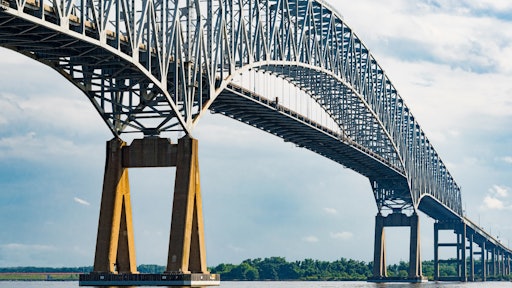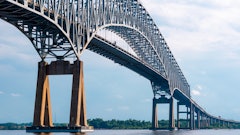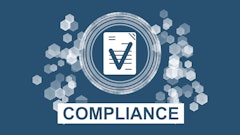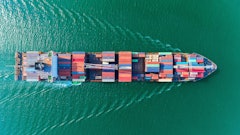
By now we're all well aware of the somber and heartbreaking collapse of the Francis Scott Key bridge.
The bridge, built in Baltimore back in the 70s, served as a connection for daily commuters, and the waterways it once towered are part of the harbor serving the city's main port for domestic and international shipping. At approximately 1:30 a.m. ET on March 26, 2024, a cargo ship known as Dali crashed into a support column of the Francis Scott Key Bridge, with the crew issuing a mayday call just before impact.
Though an investigation is still underway, along with search and rescue effort, it's been speculated that a loss of steering or power may have been the culprit. As someone with experience in this department, I can speak to this in sum. During my time in the U.S. Navy, I served on board the USS Ronald Reagan and worked directly in the propulsion plant as a mechanic and operator. Although a cargo vessel is a far cry from a nuclear-powered aircraft carrier, I can tell you that a DIW (dead in the water) casualty that close to a structure, and at a reported speed of 8 knots, would have taken time and distance to stop the ship. Time will also tell what information is released about the cause; as for the search, at the time of writing this many organizations are working to uncover as much as they can.
Eyes have shifted quickly with questions about the implications this event may have on supply chains and the economy at large. This port is ranked the ninth busiest in the U.S., supporting tens of thousands of jobs and roughly $80 billion in import-exports in 2023.
Kyle Toombs, chief strategy officer at EASE Logistics, says the biggest impact will be the Port of Baltimore. "Shippers and importers will adjust the port in which they import product, and the ports along the eastern seaboard have enough excess capacity to absorb the incremental business coming their way. Once supply chains adjust to the new norm, getting that business back to Baltimore once operational could be difficult. That impacts not only the port itself, but also the infrastructure supporting the port."
Having backup plans upon backup plans is proving a necessity, but we know it's nothing new. Add it to the list of ongoing struggles, like the Red Sea for instance, and you find the flexibility and quick nature of the supply chain is proven. Resiliency is not just a word anymore, it's truly an extension of the planning and orchestration of logistics — thank you global pandemic.
"We could see safety regulations around putting barriers in place to prevent or at least minimize the chance of these large vessels from striking critical infrastructure, but outside of that I don’t expect significant changes," says Toombs. "From the shipper perspective, it underscores the importance of diversification and agility in your supply chain. Covid should have taught that to most shippers, but this is a reminder to keep your supply chain diversified and your options open."
It feels like these days something is happening every day that puts human capacity to the test. If history has taught us anything it's this: the best way to overcome a challenge is to stand together. My heart goes out to everyone involved in this catastrophe and my hope is that people, and supply chains, continue on in stride by remaining close and working hand-in-hand to move forward.


























